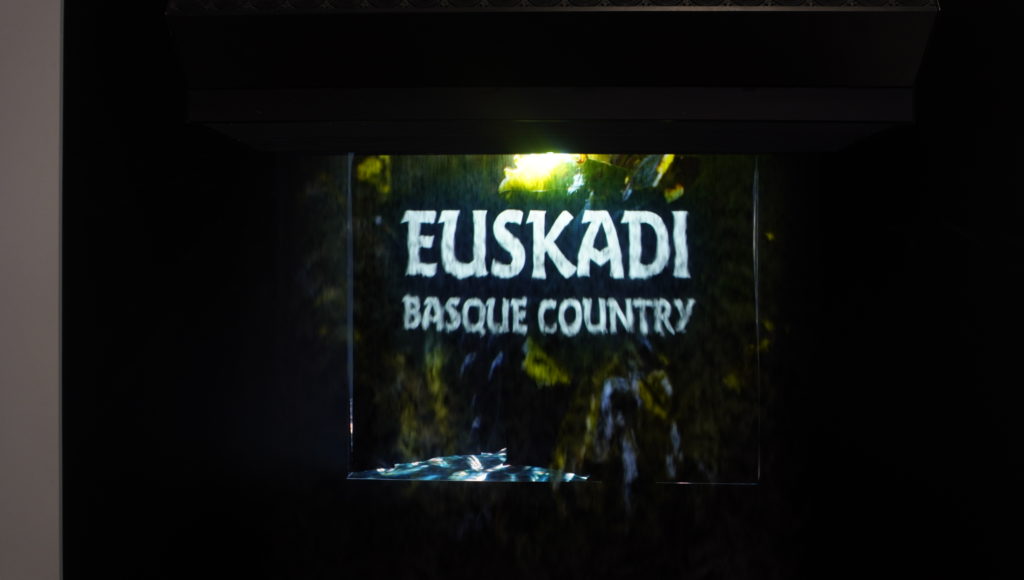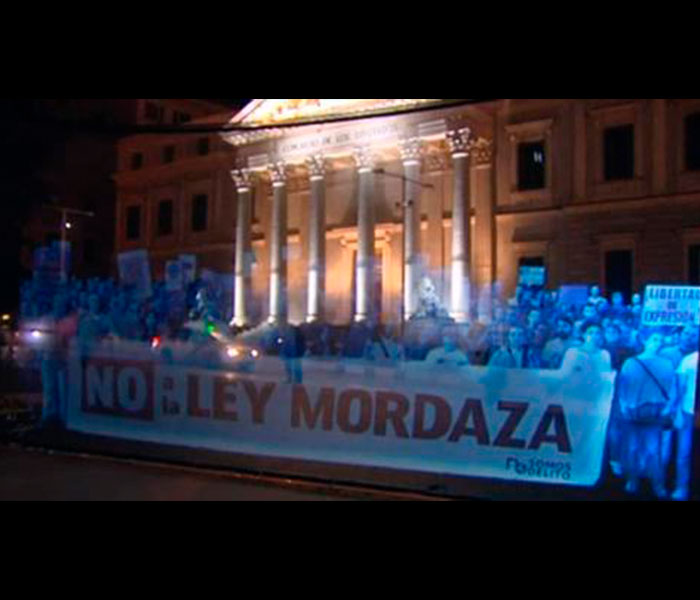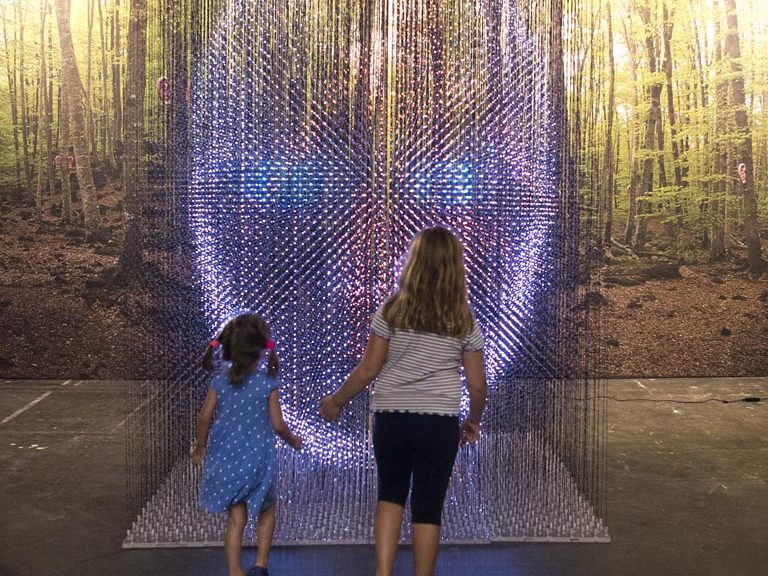Sometimes customers confuse the name of some products, such as our fog screen, which they tend to call "smoke screen".
To clear up this common mistake, we will start by defining what FOG is. According to Wikipedia:
"...In general it is the condensation of moisture in the air but still in suspension, in the form of water droplets and these water droplets are not large enough for the force of earth's gravity to cause them to precipitate, as is the case with rain."
And now we will see the difference with SMOKE:
"Smoke is a suspension in the air of small solid particles resulting from the incomplete combustion of a fuel. The size of these particles ranges from 0.005 to 0.01 μm. It is an unwanted by-product of combustion, produced in campfires, embers, gasoline and diesel engines."
As we can see, the big difference between these two terms lies in the nature of these suspended particles:
in the case of FOG, these are WATER droplets, while SMOKE produces solid particles resulting from toxic combustion.
Therefore, it is important to emphasize that the FOG screen is totally innocuous, since it allows people to pass through it without any risk. If its curtain were created from smoke, anyone passing near or through the curtain would put their health at risk by inhaling the particles resulting from combustion.
In addition, the fog screen, precisely because it is created from water droplets, is light and semi-transparent, something that could not happen with solid particles. It is this quality that makes it an ideal holographic support for displaying content in a unique and dynamic way.

In recent years the evolution in the world of imaging has been dizzying and we often see several terms intermingled: 3D, 4D, 5D... But what does each of these terms mean, what does it mean and what techniques are involved?
We explain:
3D: by now we are all familiar with this term and its meaning. Just in case, we remind you that 3D means three-dimensional and refers to an object or space that has width, height and depth.
The first 3D movie? you are probably thinking of Avatar, but the truth is that the use of this technique was first released in theaters showing Man in the Dark, atthe Globe Theater in New York on April 8, 1953. However, the first film made entirely in 3D, but not by a major film studio, was The Power of Love, in 1922.
4D: in this case, it is about adding an experiential element to the projection of a 3D movie. They are seats that can produce movements, simulating the action taking place at that moment in the film.
Its objective is to increase the sensations during the viewing and make it more real.
5D: To the dynamic seat we add here environmental effects to simulate the real situation: vibration, wind, water spray, smoke, bubbles, smell, landscape, etc...
But, this is not the end of the story, because we still have to consider another option:
7D: to all of the above, 7D offers us even more. The viewer can become a character in the film, intervene in the environment and in the plot of the film. He can use a gun, for example, to shoot the target.
Many of us have seen videos on social networks that have become viral for their visual impact. Such is the case of the famous whale that seemed to come out of the floor of a basketball court in Dubai. It was sold to us as augmented reality technology that we could all have at home in a short time, but... is that true? Well no, the reality is that that staging was the result of a big marketing campaign for the company Magic Leap, which seeks to generate excitement and attract investors around its technology.
What happens with this type of fantastic videos that begin to be shared massively, is that it ends up creating a false legend about what is feasible today with technology and what is not. Likewise, certain terms are used that manage to create confusion among people, as is the case of augmented reality. It should not be confused with mixed reality, as they are different technologies and techniques.
Augmented Reality combines non-existent elements with others that do exist, and Mixed Reality is a mixture of both technologies, i.e. it combines real and virtual elements in a 3D-generated environment.
There are many occasions when clients contact us to recreate a hologram of a person. In some cases, these are loved ones who are no longer with us and to whom we want to pay tribute by saying a few words, singing or greeting in a special event.
For this there are a series of steps that must be taken into account, since it is a meticulous and elaborate project:
First, we must have the maximum possible references of the person in question: photographs, videos, etc... to be able to document ourselves and be as faithful as possible.
Second, we must count on our professionals in modeling and recreation of hyper realistic avatars, to design it in approximately 5 days.
Once the avatar is ready, we proceed to add the desired animation, along with the voices and texts.
Once all these elements are gathered, we will select the most suitable holographic display for its reproduction with the highest possible quality.
Holostage is a real scenic space, like that of a theater or a concert stage, on which large virtual images are superimposed, blending with reality. The holographic illusion is obtained by reflection: combining on the one hand the real perspective and depth of the space and, on the other hand, virtual elements that respond to the same visual rules: same perspective, same focal distance, same lighting. In this way, virtual elements created in 2D or 3D appear to be present in this space: characters, objects, digital or lighting effects that complement a real object, textures and colors that modify the perception of a real object, etc. .... From this initial concept, we study the technical aspects that will best serve the idea and the place:
- Stage measurements, depth
- Height/proportion of the holographic support according to the size of the virtual elements and the stage.
- Type and dimensions of the structure
- Dimensions of the visual window in the scenery
- Type of external scenery, scenic box, frontal
- Elements physically present on the staging
- Interior lighting
- Number of projectors and/or screens, resolution, formats and video chain, etc...
- Controlled schedules and lighting conditions, no direct lights.
- Adequate audience visibility cone
- Vertical viewpoint of the audience (vertical visibility cone) perpendicular to the facility
- Mounting space required in relation to the size of the folia
- Installation and adjustment times
- Location and possibilities of video control station in case of interactivity
It is important to define from the beginning the main aspects and objectives of the holographic appearance:
- Is it a punctual moment of the show or the main element?
- Do we want to mix real people and objects with holographic effects?
- Will it take place on a main stage or in an exclusively dedicated location?
- Can the folia remain installed during the whole show or does it have to be mounted/dismounted (vertical motorization or rail: more complex and more expensive)?




